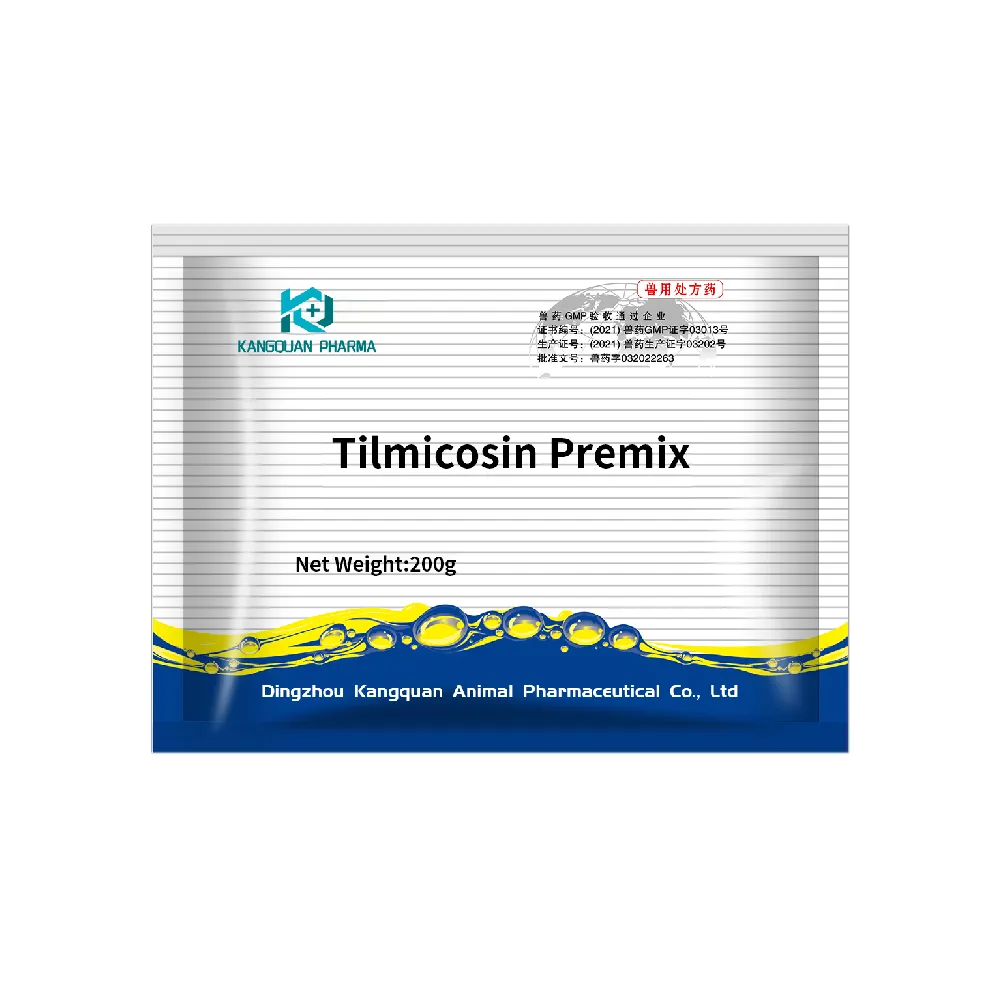- Afrikaans
- Albanian
- Amharic
- Arabic
- Armenian
- Azerbaijani
- Basque
- Belarusian
- Bengali
- Bosnian
- Bulgarian
- Catalan
- Cebuano
- Corsican
- Croatian
- Czech
- Danish
- Dutch
- English
- Esperanto
- Estonian
- Finnish
- French
- Frisian
- Galician
- Georgian
- German
- Greek
- Gujarati
- Haitian Creole
- hausa
- hawaiian
- Hebrew
- Hindi
- Miao
- Hungarian
- Icelandic
- igbo
- Indonesian
- irish
- Italian
- Japanese
- Javanese
- Kannada
- kazakh
- Khmer
- Rwandese
- Korean
- Kurdish
- Kyrgyz
- Lao
- Latin
- Latvian
- Lithuanian
- Luxembourgish
- Macedonian
- Malgashi
- Malay
- Malayalam
- Maltese
- Maori
- Marathi
- Mongolian
- Myanmar
- Nepali
- Norwegian
- Norwegian
- Occitan
- Pashto
- Persian
- Polish
- Portuguese
- Punjabi
- Romanian
- Russian
- Samoan
- Scottish Gaelic
- Serbian
- Sesotho
- Shona
- Sindhi
- Sinhala
- Slovak
- Slovenian
- Somali
- Spanish
- Sundanese
- Swahili
- Swedish
- Tagalog
- Tajik
- Tamil
- Tatar
- Telugu
- Thai
- Turkish
- Turkmen
- Ukrainian
- Urdu
- Uighur
- Uzbek
- Vietnamese
- Welsh
- Bantu
- Yiddish
- Yoruba
- Zulu
Dec . 12, 2024 11:26 Back to list
ivermectin long acting injection
Long-Acting Ivermectin Injection A Breakthrough in Parasitic Treatment
Ivermectin, a well-known antiparasitic medication, has gained attention in recent years for its efficacy in treating a variety of parasitic infections. Traditionally available in oral form, researchers and scientists have been exploring the development of long-acting injectable formulations of ivermectin. This innovative approach not only promises enhanced therapeutic outcomes but also addresses some challenges associated with traditional dosing methods.
Understanding Ivermectin
Ivermectin is a potent compound that belongs to the avermectin class of drugs, which are derived from the soil bacterium *Streptomyces avermitilis*. Initially approved for veterinary use, ivermectin has since become a cornerstone in the treatment of numerous human diseases, including onchocerciasis (river blindness), lymphatic filariasis, scabies, and strongyloidiasis. Its mode of action involves binding to specific chloride channels in the nervous system and muscle cells of parasites, leading to paralysis and death.
Despite its effectiveness, the traditional oral administration of ivermectin has limitations. The need for multiple doses, potential issues with patient compliance, and variability in absorption can hinder the drug's optimal therapeutic effects. Addressing these challenges is critical, especially in endemic regions where timely and effective treatment is essential.
The Need for Long-Acting Formulations
The long-acting injectable formulation of ivermectin is designed to provide sustained therapeutic levels over an extended period. This mode of administration offers several advantages. Firstly, it significantly reduces the frequency of dosing, which can enhance patient compliance, particularly in populations that may struggle with access to healthcare or adherence to treatment regimens.
Moreover, long-acting injections can ensure a more consistent release of the drug into the bloodstream. This stability can lead to more reliable treatment outcomes, decrease the likelihood of missed doses, and ultimately improve the overall effectiveness of ivermectin in treating debilitating parasitic infections.
Recent Developments and Research
ivermectin long acting injection

Recent studies on long-acting ivermectin formulations have shown promising results. Researchers have been developing various delivery systems, including polymeric nanoparticles, liposomes, and depot injections, to achieve extended-release profiles. These innovative technologies aim not only to prolong the drug's action but also to enhance its safety and reduce potential side effects.
For instance, one study demonstrated the feasibility of a sustained-release injectable formulation that maintained effective drug concentrations over several weeks. This could mean fewer injections and improved patient comfort, particularly for individuals in rural or remote areas where healthcare facilities may be limited.
Implications for Global Health
The implementation of long-acting ivermectin injections holds significant implications for global health, particularly in low-resource settings where parasitic infections are prevalent. By simplifying treatment protocols, healthcare providers can improve healthcare access and outcomes for affected populations.
Furthermore, long-acting formulations could bolster public health initiatives aimed at eradicating diseases such as lymphatic filariasis and onchocerciasis. With enhanced adherence and effectiveness, it is conceivable that these long-standing public health challenges could be addressed more effectively, ultimately leading to the reduction of disease burdens in endemic regions.
Conclusion
Long-acting ivermectin injections represent an exciting advancement in the fight against parasitic infections. By addressing the limitations of oral dosing and enhancing patient compliance, this innovative approach holds the potential to revolutionize treatment strategies. Ongoing research and development in this area could lead to significant health improvements for millions of people worldwide, paving the way for more effective disease control and eradication efforts.
As the scientific community continues to explore and refine long-acting formulations, it remains crucial to consider the global context and address the unique challenges faced by populations most affected by parasitic diseases. With continued investment in research and the translation of findings into practical applications, the vision of a healthier, parasite-free future becomes increasingly attainable.
-
Guide to Oxytetracycline Injection
NewsMar.27,2025
-
Guide to Colistin Sulphate
NewsMar.27,2025
-
Gentamicin Sulfate: Uses, Price, And Key Information
NewsMar.27,2025
-
Enrofloxacin Injection: Uses, Price, And Supplier Information
NewsMar.27,2025
-
Dexamethasone Sodium Phosphate Injection: Uses, Price, And Key Information
NewsMar.27,2025
-
Albendazole Tablet: Uses, Dosage, Cost, And Key Information
NewsMar.27,2025













